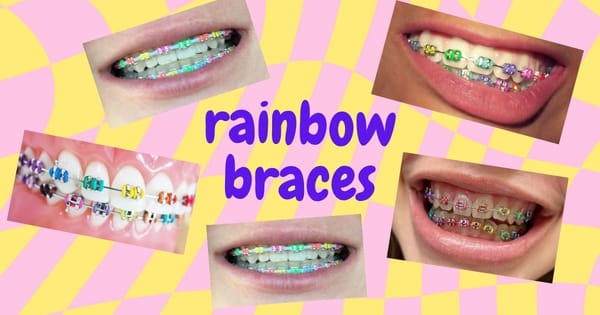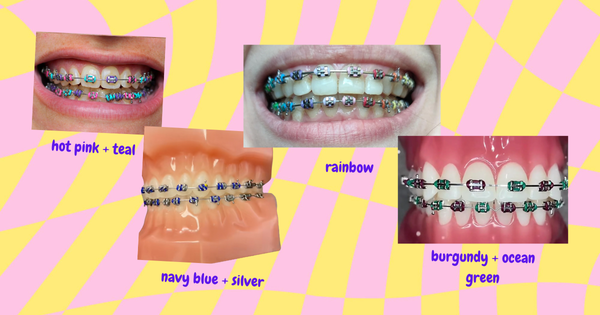Dustin Johnson's Veneers: A Golfer's Smile Transformation

Dustin Johnson, renowned for his powerful swing on the golf course, has also garnered attention for the evolution of his smile over the years.
Photos comparing his early career to today reveal noticeable differences, sparking curiosity about possible dental work.
So, does Dustin Johnson have veneers?
The answer is a resounding yes. Photographic evidence strongly suggests that Johnson has undergone at least two sets of veneers throughout his time in the public eye.
Key Takeaways:
- Dustin Johnson's smile evolution showcases the transformative power of veneers and the importance of ongoing maintenance.
- His case highlights that even well-maintained veneers may need replacement after a certain time, often around 10-15 years.
- Understanding the difference between veneers and crowns is essential for making informed decisions about cosmetic dental work.

Dustin Johnson's Veneer Timeline: A Dental Evolution
Examining photos of Dustin Johnson throughout his career reveals a fascinating story of dental transformation.
Let's break down his smile evolution, using photographic evidence as our guide:
- 2007-2008: The Natural Smile: Photos from 2007 capture Johnson's natural smile before any significant dental work. His teeth exhibit an uneven occlusal plane – meaning the biting edges of his upper and lower teeth don't meet in a perfectly straight line. Additionally, there are signs of wear on the edges of his front teeth, a common occurrence even in young adults, and some natural variation in color.
- 2008-2023: The First Set of Veneers: By the fall of 2008, a dramatic shift is noticeable. Johnson's teeth appear noticeably whiter, perfectly aligned, and significantly larger, particularly his front six teeth. This change strongly suggests the placement of porcelain veneers. The uniformity in color, shape, and that characteristic "chiclet" look commonly associated with early 2000s cosmetic dentistry further point towards veneers as the likely culprit.
- 2023-2024: A Veneer Refresh: Fast forward to 2023, and telltale signs of aging veneers emerge. Johnson's photos reveal the development of "black triangles" - small gaps that appear at the gum line as gum tissue recedes with age. The veneers themselves appear flatter and less lifelike. By 2024, Johnson appears to have undergone a veneer replacement. His new veneers look more natural, with a softer shape and less pronounced "black triangles." This second set reflects a more contemporary approach to veneer design, prioritizing natural-looking results over the overly uniform look that characterized earlier veneer styles.
Dustin Johnson's dental journey underscores the evolving nature of cosmetic dentistry trends and the importance of seeking ongoing maintenance and potential replacements to ensure a smile remains aesthetically pleasing and healthy over time.

Veneers vs. Crowns: Understanding the Difference
While the terms "veneers" and "crowns" often pop up in discussions about cosmetic dentistry, understanding their distinct functions is crucial for making informed decisions about your smile.
Veneers: The Cosmetic Contact Lens
Imagine a thin, custom-made shell expertly bonded to the front surface of your tooth—that's a veneer.
Think of it like a cosmetic contact lens for your teeth, primarily designed to improve appearance rather than provide structural support.
Veneers excel at concealing imperfections like:
- Discoloration: Whether from coffee, tetracycline staining, or aging, veneers can mask stubborn stains that don't respond well to whitening treatments.
- Minor Chips and Cracks: Small chips, irregularities, or wear on the edges of teeth can be effectively concealed with veneers.
- Slight Misalignment: Veneers can create the illusion of straighter teeth without the need for braces, especially for minor crowding or spacing issues.
Crowns: The Protective Helmet
Unlike veneers, which cover only the front surface, a crown completely encases a tooth above the gum line, acting like a protective helmet. Crowns are recommended when:
- Significant Decay or Fracture: When a large portion of a tooth's structure is compromised due to decay or a fracture, a crown provides the necessary strength and protection to prevent further damage.
- Following Root Canal Treatment: A tooth that's undergone a root canal is often weakened and requires a crown for reinforcement.
- Cosmetic Enhancement (in some cases): While not their primary function, crowns can be used for cosmetic purposes, especially when a tooth needs significant reshaping or has undergone multiple procedures, making a veneer less feasible.
Importantly, crowns don't necessarily indicate an unhealthy tooth.
They can be an essential part of preserving and protecting a tooth, allowing it to function properly for years to come.

The Lifespan of Veneers and the Need for Replacements
Veneers, while capable of transforming smiles and boosting confidence, are not a permanent fix.
Like any dental restoration, they have a limited lifespan and may eventually require replacement.
Understanding the factors influencing their longevity is crucial for setting realistic expectations.
On average, well-maintained porcelain veneers can last anywhere from 10 to 15 years, while composite resin veneers typically have a shorter lifespan of 5 to 7 years.
However, several factors can impact their longevity, including:
- Oral Hygiene: Just like natural teeth, veneers thrive in a clean and healthy mouth. Meticulous brushing, flossing, and regular dental checkups are crucial for preventing decay around the margins and keeping gums healthy.
- Dietary Habits: Avoiding hard, crunchy, or sticky foods that can chip, crack, or dislodge veneers is essential for extending their lifespan. Biting directly into hard objects like apples or candy should also be avoided.
- Bruxism (Teeth Grinding): The excessive force from grinding or clenching can significantly shorten the lifespan of veneers, leading to chipping, fracture, or debonding. If you grind your teeth, a custom-made nightguard is essential for protecting both your veneers and your natural teeth.
- Material Quality and Placement Technique: The quality of the materials used and the dentist's skill in bonding the veneers play a significant role in their longevity. High-quality materials and meticulous placement techniques are crucial for ensuring a strong bond and minimizing the risk of complications.
Dustin Johnson's case, where he seemingly replaced his veneers after about 15 years, aligns with the average lifespan of this cosmetic restoration.
While the exact reasons behind his replacement are unknown, it highlights the reality that even well-maintained veneers are not a lifetime solution and may require replacement to maintain optimal aesthetics and functionality.
Cost of Veneers and Maintaining a "Celebrity Smile"
The decision to get veneers, while driven by a desire for a more confident smile, often involves weighing the benefits against the financial investment.
Veneers can be a significant expense, especially when considering the potential need for replacements and ongoing maintenance.
As discussed earlier, porcelain veneers typically cost more than composite resin veneers, with prices ranging from $1,000 to $2,500 per tooth for porcelain and $400 to $1,000 per tooth for composite.
Several factors influence the overall cost, including:
- Dentist's Expertise: Highly sought-after cosmetic dentists, particularly those with extensive experience in veneer placement, often charge higher fees.
- Geographic Location: Dental costs can vary significantly depending on the cost of living and demand for cosmetic dentistry in a particular area.
- Number of Teeth Treated: The total cost scales with the number of veneers placed. A full set of veneers for the "smile zone" (typically eight upper teeth) can easily cost tens of thousands of dollars.
- Additional Procedures: Sometimes, additional procedures like teeth whitening, gum contouring, or bite adjustments are necessary to achieve optimal results, adding to the overall cost.
Conclusion: The Evolving World of Cosmetic Dentistry
Dustin Johnson's smile journey reflects the ever-evolving landscape of cosmetic dentistry.
What was considered a cutting-edge smile transformation a decade ago might appear dated or even unnatural by today's standards.
His decision to replace his veneers after several years highlights that achieving a lasting, aesthetically pleasing smile often involves ongoing maintenance and potential replacements.
The important takeaway is the need for informed decision-making.
Whether considering veneers, crowns, or other cosmetic dental procedures, understanding the options, costs, expected lifespan, and maintenance requirements is crucial.
Open communication with a trusted and experienced cosmetic dentist is paramount to achieving a smile that not only meets your aesthetic goals but also prioritizes your long-term oral health and well-being.





